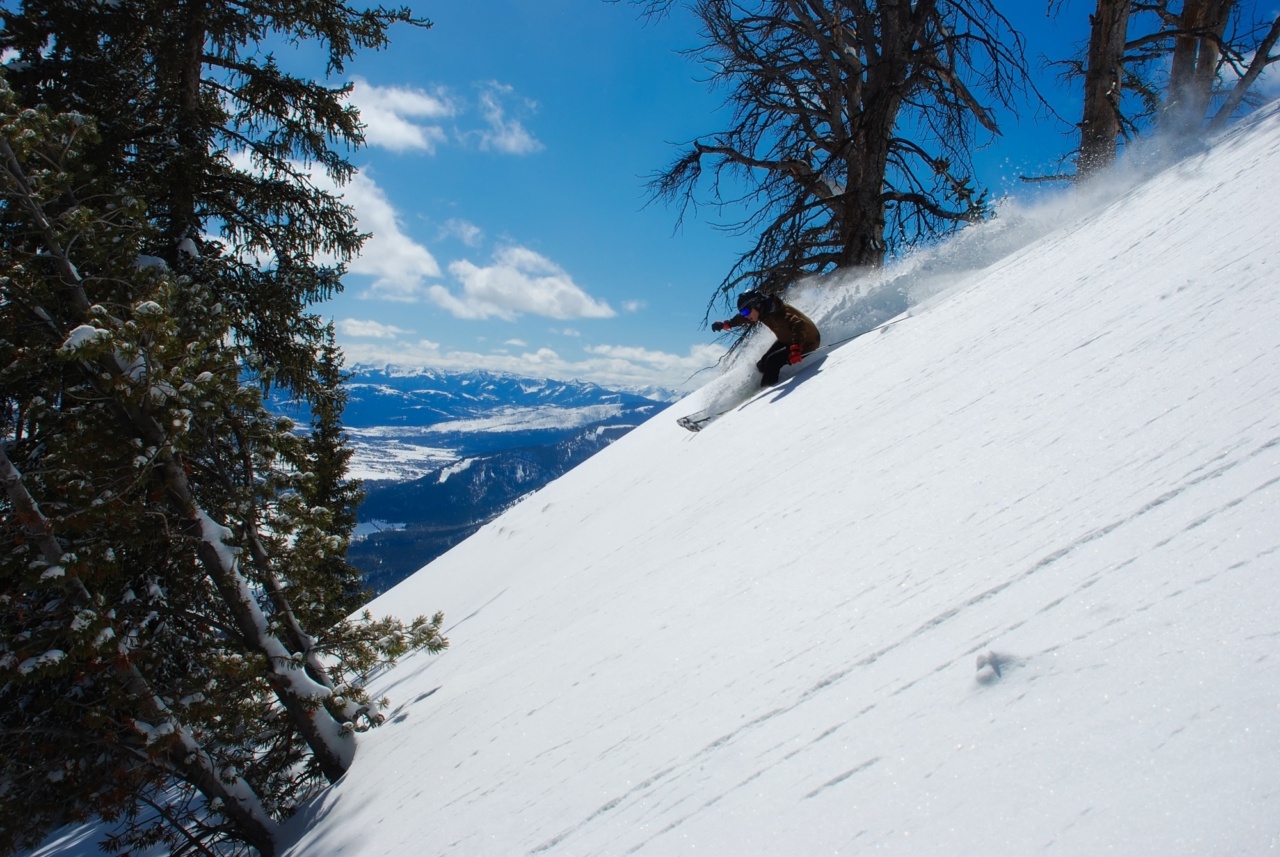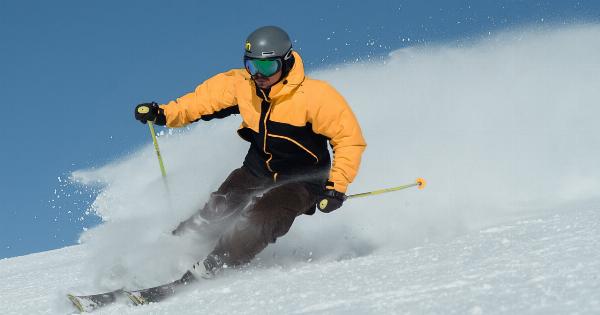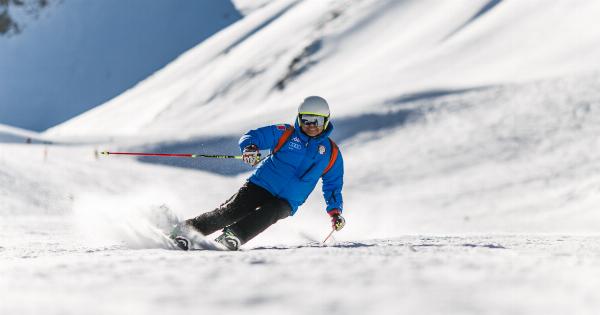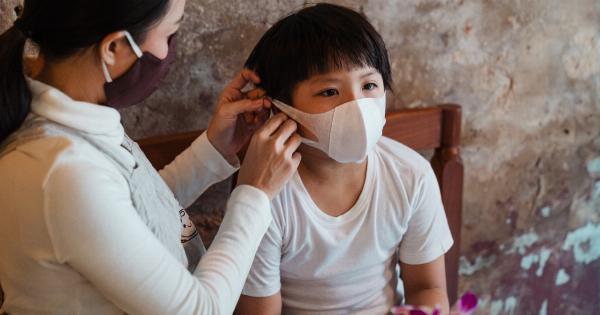As the weather turns colder, many people turn to winter sports to enjoy the crisp air and snowy landscapes.
While these activities are exhilarating, it’s important to take the necessary safety measures to keep yourself and others secure in cold weather. In this article, we’ll cover strategies for ensuring your safety while enjoying winter sports.
1. Dress Appropriately
When participating in cold weather sports, it is essential to dress appropriately.
Wear layers of clothing, including a base layer that wicks moisture away from your skin, a mid-layer for insulation, and an outer layer to protect from wind and precipitation. Choose gear that fits your body well, allowing for maximum mobility. Additionally, wear proper footwear for your activity and consider using heated gear to keep warm.
2. Protect Your Head and Face
The head and face are particularly susceptible to cold weather injuries when participating in winter sports. Always wear a helmet to protect your head from impact and consider face protection to guard against wind, snow, and ice.
For activities, such as skiing and snowboarding, goggles are also required to protect your eyes from the reflective glare of the sun on snow.
3. Know the Weather Conditions
Before heading out, check weather forecasts and be aware of potential hazards, such as blizzards, icy conditions, and high winds.
Avoid participating in outdoor activities if you know that conditions are not favorable to your safety or adjust your plans accordingly. Be aware of the warning signs of hypothermia and frostbite and know what to do if you or a fellow participant experience these conditions.
4. Keep Hydrated and Fueled Up
Cold temperatures can cause dehydration without proper fluids and nutrition. Stay adequately hydrated by drinking plenty of water before, during, and after your winter sports activities.
Additionally, eat nutrient-dense foods, like complex carbohydrates that provide energy and warmth, to keep you fueled up and maintain body temperature.
5. Follow the Safety Rules
Follow the safety rules and guidelines set by the governing body or organization of the sport you are participating in.
Also, be sure to stay on marked trails and avoid dangerous areas where there may be hidden hazards, such as avalanches or thin ice. Finally, always let someone know where you are and when you expect to return.
6. Stay Visible
During winter sports, it’s challenging for a rescuer to spot you in the snow. Wear bright colored outfits and reflective gear, particularly in low-light conditions, to make yourself visible to teammates and rescue teams.
7. Carry Essential Gear
When participating in cold weather sports, everyone in the group should carry essential equipment. This includes a first aid kit, a cell phone with an emergency contact, a map of the area, a GPS device, a whistle, and extra food and clothing.
Additionally, if you are traversing remote or mountainous regions, carry a beacon that can be activated in case of an emergency.
8. Take Breaks when Needed
Participating in cold weather sports can be exhausting and dehydrating. Don’t push yourself beyond your limit. Take breaks when needed to rest and refuel your body. Know your ability and skill level and adjust accordingly.
9. Invest in Proper Training
When participating in winter sports, ensure you are competent in your ability and skill level. Take prerequisite courses, go through a training program, and practice on the ski hill or ice rink before entering the backcountry.
Knowledge and skill development give you confidence that you’ll handle adverse or unexpected situations, keeping you safe in dangerous areas.
10. Be Prepared in Case of Emergency
Finally, always have an emergency plan in place. Know the route you’re taking before starting, including access to medical facilities, excellent phone coverage, or nearby emergency service locations.
Additionally, bring extra batteries for your devices.





























